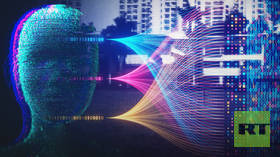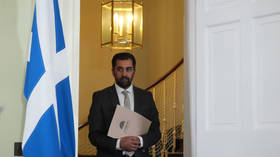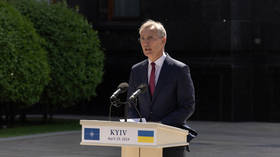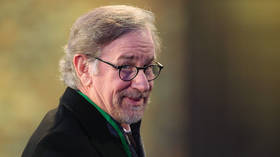Modi uses homegrown AI tool ‘to reach the people’
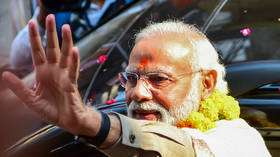
Indian Prime Minister Narendra Modi’s public speech on Sunday at Varanasi, a holy site for Hindus in the northern Indian state of Uttar Pradesh, was interpreted for the first time by an AI tool made in India.
Modi delivered his speech in the Hindi language, which was interpreted into Tamil, a language spoken in southern India, in real-time, solidifying New Delhi’s embrace of artificial intelligence (AI) technology. “This is a new beginning, and hopefully, it makes it easier for me to reach [the people],” the Indian leader said while addressing a gathering of Tamil people in Varanasi.
The prime minister also promised to continue using the AI interpretation tool in the future. The live interpretation was made possible by ‘Bhashini,’ an AI-based language translation tool designed to enable the real-time interpretation of Indian languages. The AI tool holds special significance ahead of India’s national election next year as Modi prepares to hit the campaign trail to seek a third term as prime minister.
India is known for its cultural and linguistic diversity; it has 22 official languages recognized by the constitution and several hundred languages spoken in various parts of the country.
Meanwhile, New Delhi has been vocal about its intent to tap into AI to take its development initiatives to the rural countryside. Rajeev Chandrasekhar, the minister of state for skill development and entrepreneurship, recently asserted that India will not “demonize” AI and instead use it to reap benefits.
“The prime minister (Narendra Modi) is absolutely a believer that technology can transform the lives of people, make governments deliver more, deliver faster, and deliver better,” Chandrasekhar said at the Global Technology Summit in New Delhi.
In the coming years, he said that India plans to use AI to further advancements in healthcare, agriculture, education and training, security, and inclusion through translation. However, as the use of AI becomes more common in the world’s most populous nation, misuse issues have become evident too.
Last month, New Delhi clamped down on “deepfake” content (manipulative and fake images generated by AI) after unidentified miscreants swapped a prominent Indian actress’ face with a UK-based influencer’s, causing a nationwide outcry.
Prime Minister Modi himself said he could be the victim of a “deepfake” while warning that “terrorists” could use these technologies. “Global security will face a big threat if AI-laced weapons were to reach terrorist organizations,” the prime minister was quoted by PTI news agency as saying at the Global Partnership on Artificial Intelligence Summit earlier this month. The Indian leader has also spoken about the need to create a “global framework” for the ethical use of AI.
Where India Meets Russia – We are now on WhatsApp! Follow and share RT India in English and in Hindi
